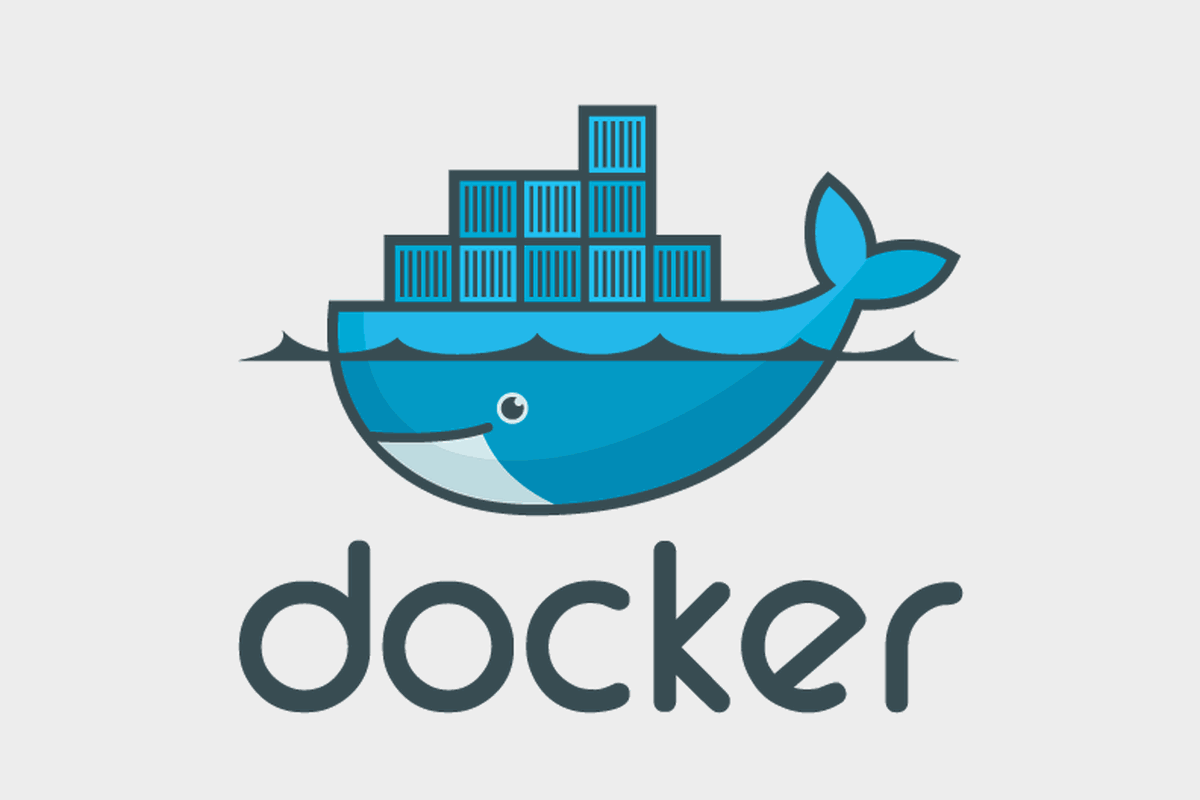
步骤
本次我们将在Win10环境下利用Docker容器技术来对前后端分离项目Django+Vue.js进行打包,分别定制化对应的项目镜像,应对快速部署以及高扩展的需求。
首先当然是安装Docker,可以参照这篇视频攻略:win10安装配置Docker并更换国内源。
随后在宿主机安装gunicorn,容器内我们用异步的方式来启动Django
pip3 isntall gunicorn geventDjango项目配置settings.py对应的应用:
INSTALLED_APPS = [
'django.contrib.admin',
'django.contrib.auth',
'django.contrib.contenttypes',
'django.contrib.sessions',
'django.contrib.messages',
'django.contrib.staticfiles',
'myapp.apps.MyappConfig',
'rest_framework',
'corsheaders',
'dwebsocket',
'gunicorn',
]然后在Django项目的根目录编写gunicorn的配置文件:gunicorn.conf.py

import multiprocessing
bind = "0.0.0.0:8000" #绑定的ip与端口workers = 1 #进程数这里注意一点,ip必须是0.0.0.0,不要写成127.0.0.1,否则外部环境会访问不到容器内的服务,接下来在项目的根目录编写好依赖列表:requirements.txt
pip freeze > requirements.txt这里需要注意的是,某些依赖的库最好用==标注出小版本,因为一会在容器内通过pip安装的时候,系统有可能会自动帮你安装最新版导致一些依赖报错。
下面就是老套路,在根目录编写Dockerfile文件:
FROM python:3.7.4
WORKDIR /Project/mydjango
COPY requirements.txt ./
RUN pip install -r requirements.txt -i https://pypi.tuna.tsinghua.edu.cn/simple
COPY . .
ENV LANG C.UTF-8
CMD ["gunicorn", "mydjango.wsgi:application","-c","./gunicorn.conf.py"]本次的基础镜像我们选择3.7,毕竟2020年了,与时俱进还是很必要的。
ok,万事俱备,运行命令对项目进行打包:
这里注意一点就是要进入到项目的目录下执行
docker build -t mydjango .mydjango>docker build -t mydjango .
[+] Building 3.9s (10/10) FINISHED
=> [internal] load build definition from Dockerfile 0.0s
=> => transferring dockerfile: 297B 0.0s
=> [internal] load .dockerignore 0.0s
=> => transferring context: 2B 0.0s
=> [internal] load metadata for docker.io/library/python:3.7.4 1.4s
=> [1/5] FROM docker.io/library/python:3.7.4@sha256:fc0a398e1987fb1e58909053c11630e06adb3df265fe693 0.0s
=> [internal] load build context 2.0s
=> => transferring context: 37.00kB 2.0s
=> CACHED [2/5] WORKDIR /Project/mydjango 0.0s
=> CACHED [3/5] COPY requirements.txt ./ 0.0s
=> CACHED [4/5] RUN pip install -r requirements.txt -i https://pypi.tuna.tsinghua.edu.cn/simple 0.0s
=> [5/5] COPY . . 0.1s
=> exporting to image 0.2s
=> => exporting layers 0.1s
=> => writing image sha256:8b36bba5eff3adf2dc6555e7b5999978499bd732ede250725952741283adbcec 0.0s
=> => naming to docker.io/library/mydjango 0.0s

这里我的项目目录是mydjango。
第一次打包编译的时候,可能时间会长一点,耐心等一会就可以了,如果中途遇到网络错误导致的失败,反复执行打包命令即可,此时运行命令:
docker images可以看到编译好的镜像大概有1g左右:

docker images
REPOSITORY TAG IMAGE ID CREATED SIZE
mydjango latest 8b36bba5eff3 12 seconds ago 1.38GB随后启动镜像服务:
docker run -it --rm -p 8001:8000 mydjango这里我们用端口映射技术将宿主机的5000端口映射到容器内的8000端口,访问Django服务,http://容器ip:8001

后端搞定,接下来轮到我们的前端服务vue.js了,首先打开vue项目的打包配置文件config/index.js:

build: {
// Template for index.html
index: path.resolve(__dirname, '../dist/index.html'),
// Paths
assetsRoot: path.resolve(__dirname, '../dist'),
assetsSubDirectory: 'static',
assetsPublicPath: '/',
/**
* Source Maps
*/
productionSourceMap: true,
// https://webpack.js.org/configuration/devtool/#production
devtool: '#source-map',
// Gzip off by default as many popular static hosts such as
// Surge or Netlify already gzip all static assets for you.
// Before setting to `true`, make sure to:
// npm install --save-dev compression-webpack-plugin
productionGzip: false,
productionGzipExtensions: ['js', 'css'],
// Run the build command with an extra argument to
// View the bundle analyzer report after build finishes:
// `npm run build --report`
// Set to `true` or `false` to always turn it on or off
bundleAnalyzerReport: process.env.npm_config_report
}
}将打包目录改成相对路径,同时注意路由的配置,如果曾经修改为history模式记得改回hash:
export default new Router({ routes:routes, //mode:'history' /*hash*/})准备工作完毕,在vue的项目根目录下编写Dockerfile:
FROM node:lts-alpine
# install simple http server for serving static content
RUN npm install -g http-server
# make the 'app' folder the current working directory
WORKDIR /app
# copy both 'package.json' and 'package-lock.json' (if available)
COPY package*.json ./
# install project dependencies
RUN npm install
# copy project files and folders to the current working directory (i.e. 'app' folder)
COPY . .
# build app for production with minification
RUN npm run build
EXPOSE 8080
CMD [ "http-server", "dist" ] 这里我们选择体积更小的alpine镜像。
这里我们选择体积更小的alpine镜像。
随后进入项目的根目录,执行打包命令:
docker build -t myvue .这里我的前端目录是myvue
vue>docker build -t myvue .
[+] Building 96.6s (12/12) FINISHED
=> [internal] load build definition from Dockerfile 0.0s
=> => transferring dockerfile: 556B 0.0s
=> [internal] load .dockerignore 0.0s
=> => transferring context: 2B 0.0s
=> [internal] load metadata for docker.io/library/node:lts-alpine 1.0s
=> [internal] load build context 77.9s
=> => transferring context: 143.82MB 77.8s
=> [1/7] FROM docker.io/library/node:lts-alpine@sha256:5edad160011cc8cfb69d990e9ae1cb2681c0f280178241d58eba05b5bfc34047 0.0s
=> CACHED [2/7] RUN npm install -g http-server 0.0s
=> CACHED [3/7] WORKDIR /app 0.0s
=> CACHED [4/7] COPY package*.json ./ 0.0s
=> CACHED [5/7] RUN npm install 0.0s
=> [6/7] COPY . . 3.1s
=> [7/7] RUN npm run build 11.4s
=> exporting to image 2.9s
=> => exporting layers 2.9s
=> => writing image sha256:8c6f24ce961e0cbde79193382db0de61c96f00d37cac01336ee937e9c9cf25a3 0.0s
=> => naming to docker.io/library/myvue 0.0s系统会自动根据脚本进行安装依赖,第一次也需要等待一段时间。
打包完成后,执行:
docker images可以看到前端镜像的体积要小一点:
docker images
REPOSITORY TAG IMAGE ID CREATED SIZE
myvue latest 8c6f24ce961e 45 seconds ago 446MB运行前端服务:
docker run -it --rm -p 8081:8080 myvue同样使用端口映射,这次宿主机使用8081,当然了,如果需要可以根据喜好进行修改。
访问Vue.js服务,http://容器ip:8081

至此,通过Docker的容器技术,我们就将前后端两大服务都分别部署好了,过程并不复杂,但是意义却是里程碑式的,携此两大镜像,左牵Django,右擎Vue.js,如果哪天需要横向扩容,只需短短几分钟,我们就可以在新服务器上做到“拎包入住”,灵活方便。
- Post link: https://yanxiang.wang/Win10%E7%8E%AF%E5%A2%83%E4%B8%8B%E4%BD%BF%E7%94%A8Docker%E5%AE%B9%E5%99%A8%E5%BC%8F%E9%83%A8%E7%BD%B2%E5%89%8D%E5%90%8E%E7%AB%AF%E5%88%86%E7%A6%BB%E9%A1%B9%E7%9B%AEDjango-Vue-js/
- Copyright Notice: All articles in this blog are licensed under unless otherwise stated.


